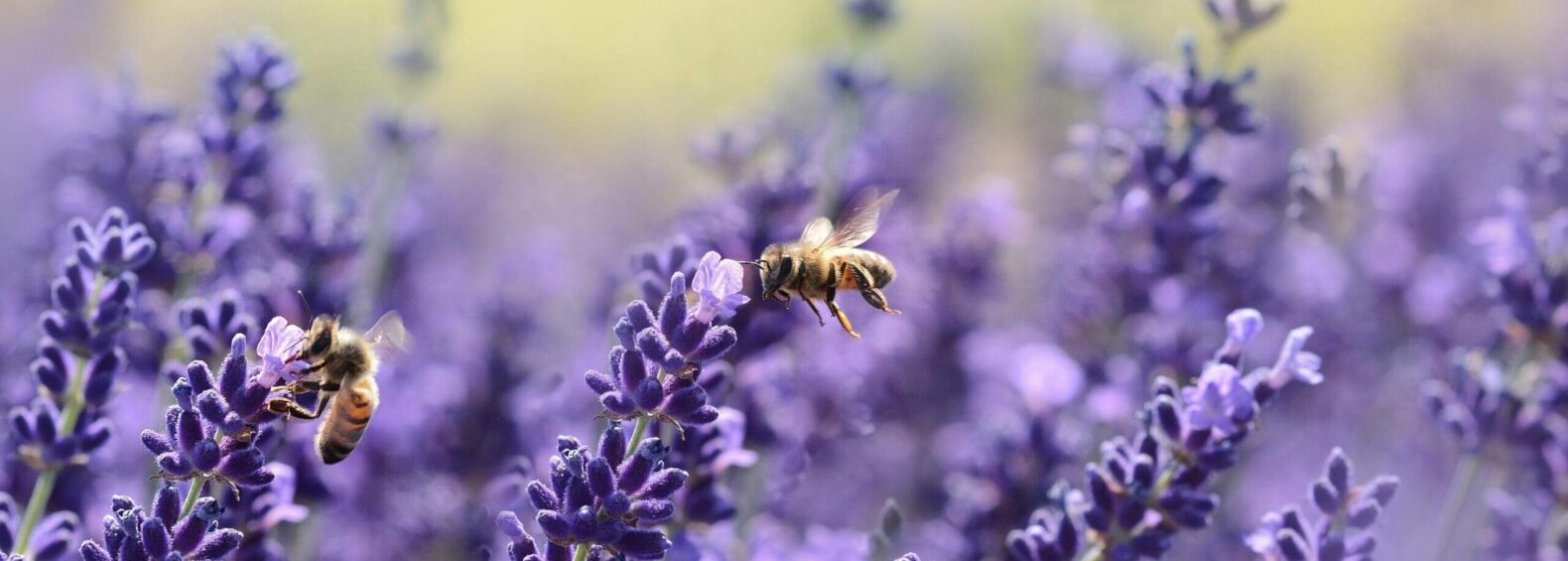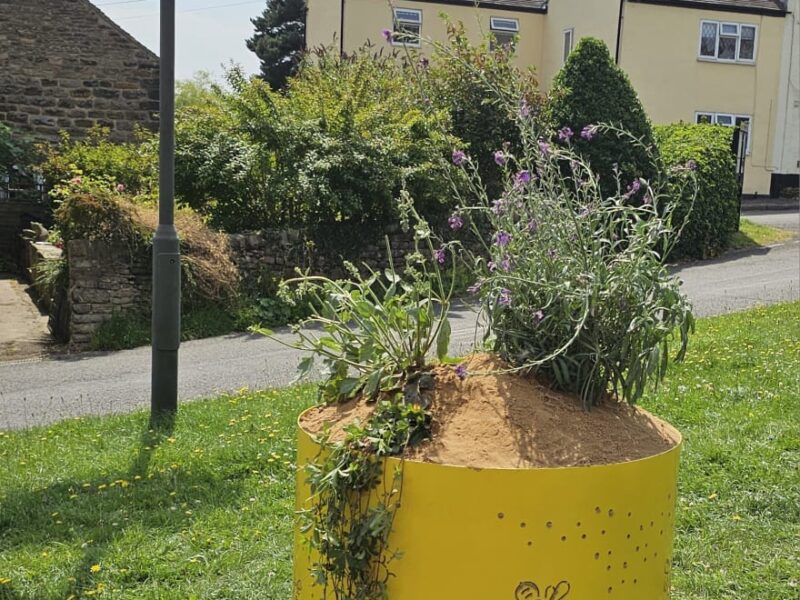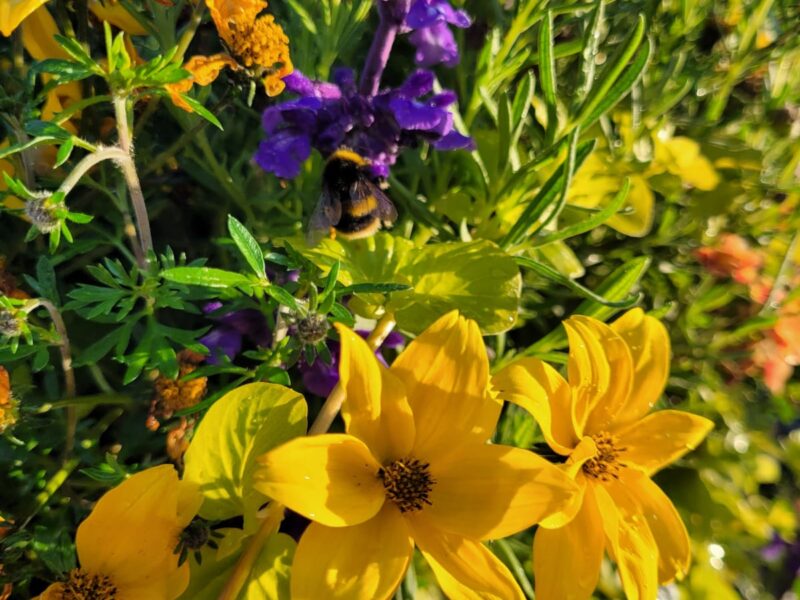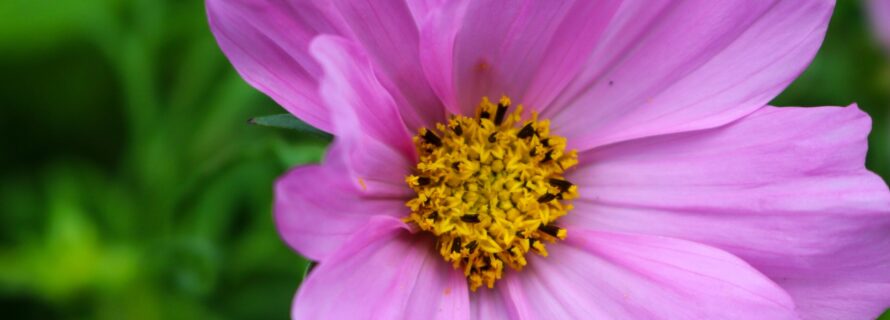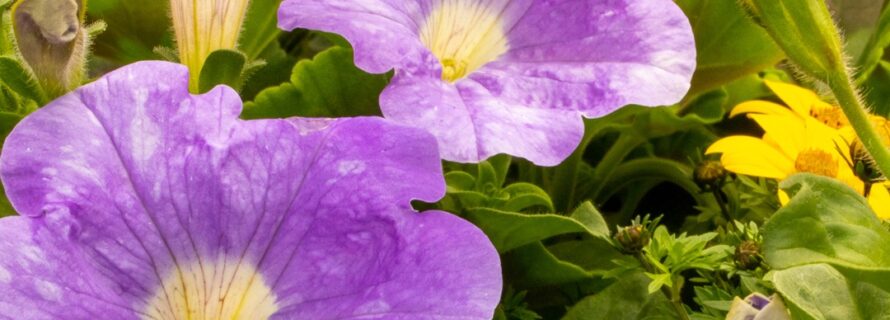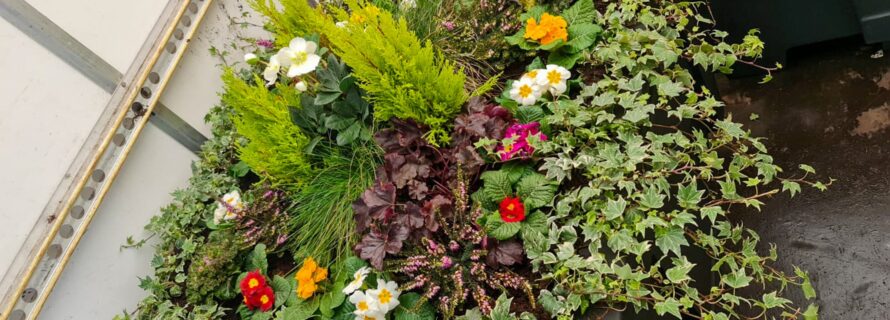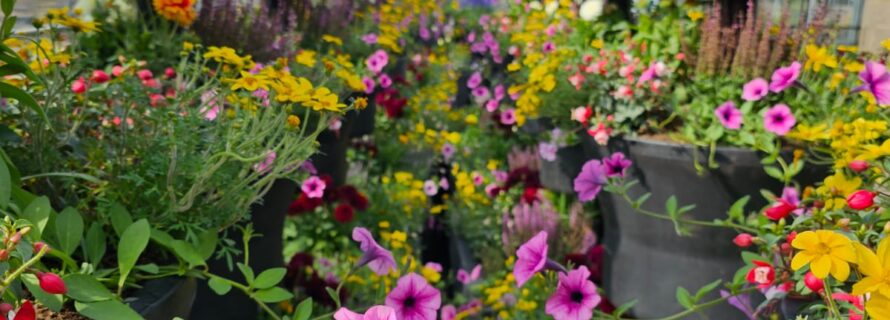1. Enhancing Ecosystem Services
Biodiverse urban environments provide a range of ecosystem services that are vital for human well-being. These include air and water purification, climate regulation, and pollination of plants. Trees and green spaces act as natural air filters, absorbing pollutants and improving air quality. Wetlands and green roofs help manage stormwater, reducing the risk of flooding. By supporting a variety of plant and animal species, cities can enhance these natural processes, making urban areas more sustainable and liveable.
2. Improving Mental and Physical Health
Access to green spaces and nature has been shown to have significant benefits for mental and physical health. Studies have found that spending time in nature can reduce stress, anxiety, and depression, while also encouraging physical activity. Biodiverse environments, with their rich variety of plants and wildlife, provide more engaging and restorative experiences for urban residents. This connection to nature is particularly important in densely populated cities, where opportunities for outdoor recreation may be limited.
3. Supporting Urban Wildlife
Urban areas can serve as important habitats for a variety of wildlife species. By creating green corridors, parks, and gardens, cities can provide refuge for birds, insects, and small mammals. These urban habitats can help support species that are under pressure from habitat loss and climate change. Additionally, urban biodiversity can contribute to the conservation of native species and the overall health of regional ecosystems.
4. Promoting Environmental Education and Stewardship
Biodiverse urban spaces offer valuable opportunities for environmental education and community engagement. Schools, community groups, and local governments can use these spaces to teach residents about the importance of biodiversity and conservation. Engaging people in activities such as tree planting, gardening, and wildlife monitoring fosters a sense of stewardship and connection to the natural world. This increased awareness and involvement can lead to more sustainable behaviours and policies.
5. Enhancing Aesthetic and Cultural Value
Biodiversity adds to the aesthetic and cultural value of urban environments. Diverse plantings and natural landscapes can create beautiful, dynamic spaces that enhance the quality of life for residents. These spaces can also reflect the cultural and historical significance of local flora and fauna, fostering a sense of place and identity. By integrating biodiversity into urban design, cities can create vibrant, attractive environments that celebrate nature and culture.

